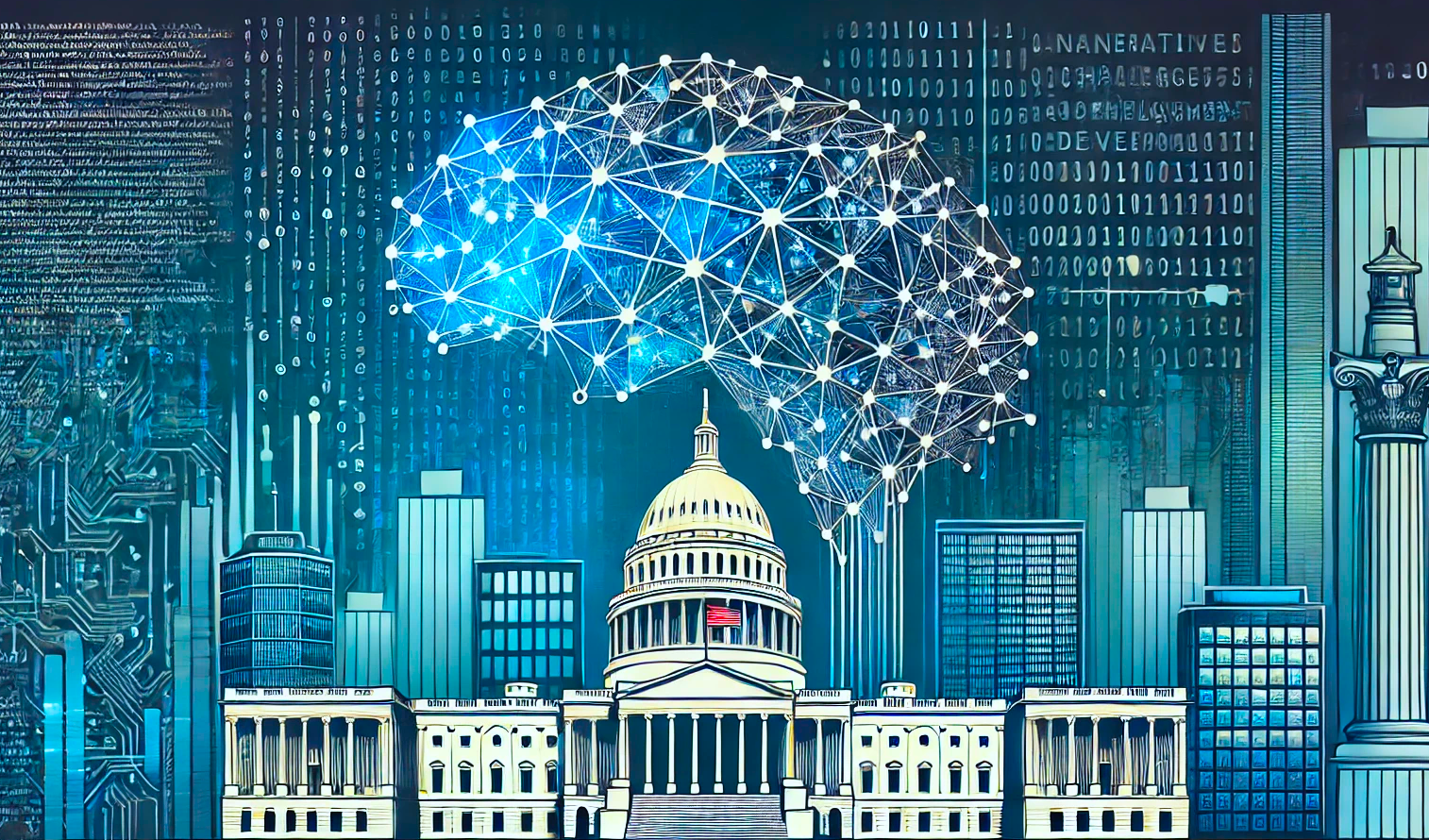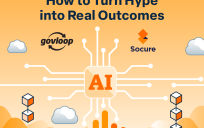Generative AI (GenAI) is revolutionizing software development by enhancing operational efficiency and driving innovation. For government agencies, this technology serves as a strategic asset, expediting development processes, reducing human error, and supporting the deployment of mission-critical applications. GenAI also plays a crucial role in modernizing legacy systems, helping modernize codebase and outdated infrastructures and enabling the seamless integration of contemporary technologies. As rapid technological adaptation becomes increasingly essential, GenAI positions federal agencies at the forefront of digital transformation.

Exploring the GenAI Foundation
GenAI leverages advanced machine learning models, such as transformers, which deploy attention mechanisms to analyze code datasets. These models efficiently identify patterns and structures from pre-existing codebases, enabling the generation of new code segments based on developer directives, called Prompts. Techniques such as reinforcement learning (RL) further enhance these models by iteratively refining their outputs through feedback and optimizing them for optimal coding practices.
Moreover, retrieval-augmented generation (RAG) integrates information retrieval with code generation, ensuring that the generated code is not only precise but also contextually pertinent. Cumulatively, these advanced technologies facilitate the efficient and precise automation of code generation tasks. Generative AI has the potential to significantly expedite application development, particularly for routine or standard coding tasks. This efficiency allows human developers and other stakeholders to devote their attention to more complex and critical undertakings.
In the context of legacy modernization, GenAI enables comprehensive analysis of business rules deeply embedded in legacy codebases, providing profound insights into existing processes. Through the automation of business rule extraction, documentation, and reinforcement, it facilitates the seamless migration of code to modern systems, ensuring the preservation and enhancement of essential business logic for effective modernization.
Security and Regulatory Challenges Employing Generative AI
The deployment of generative AI in government IT modernization is not without its challenges. In government IT services, high levels of security and adherence to strict regulatory standards are a mandate. Agency leadership faces security-related frictions in all aspects of the agency, and GenAI is no exception. The following are some of the challenges:
- Data Privacy and Confidentiality: Government systems often handle sensitive and classified information, making it critical to ensure that generative AI systems do not inadvertently expose or misuse this data. Strict data privacy laws and confidentiality requirements can complicate the training and deployment of AI models, necessitating extensive measures to anonymize and secure data.
- Compliance with Regulatory Standards: Federal agencies must adhere to a myriad of regulations, such as FISMA, HIPAA, and GDPR, which dictate stringent security and data protection measures. Ensuring that AI-generated code consistently meets these regulatory standards can be difficult, requiring rigorous validation and certification processes that may slow down deployment.
- Integration with Legacy Systems: The nature of business is that many federal systems operate on legacy technology stacks that may not be compatible with modern AI solutions. Integrating AI-generated code with legacy systems can be complex and risky, potentially introducing vulnerabilities or operational disruptions if not managed carefully.
- Transparency and Accountability: The decision-making processes of generative AI models can be opaque, making it difficult to understand how specific code outcomes are derived. This lack of transparency can hinder trust among stakeholders and complicate accountability, especially in a regulatory environment where clear audit trails and explanations are required.
- Security of AI Systems Themselves: AI systems can be targets for cyberattacks, including data poisoning, adversarial attacks, and model theft. Protecting AI models from such attacks requires implementing advanced security measures, which can be resource-intensive and require specialized expertise, adding layers of complexity to AI deployment.
Addressing these challenges requires a multi-faceted approach, combining robust security practices, stringent regulatory compliance, transparent operations, and seamless integration strategies to ensure the safe and effective use of generative AI in agency operations.
Strategic Benefits for Federal Agencies
The strategic benefits of implementing generative AI in federal agencies include:
- Enhanced Efficiency: By automating routine coding tasks, GenAI reallocates valuable human resources to focus on high-impact, strategic initiatives. This shift accelerates the deployment of new features and services while also enhancing overall innovation and efficiency within the organization.
- Cost Reduction: Automating code generation can significantly reduce costs associated with lengthy development cycles and the extensive use of human resources by streamlining repetitive coding tasks, minimizing manual errors, and reducing technical debt through consistent and optimized code production, thereby expediting the overall development process.
- Improved Accuracy: GenAI models can help minimize human error in code development by leveraging advanced algorithms that ensure consistent and precise coding practices. These models are trained on extensive datasets, incorporating best practices and security standards, which leads to more reliable and secure government applications. By automating error-prone tasks, GenAI reduces the likelihood of bugs and vulnerabilities, enhancing the overall integrity and robustness of the software.
- Agility and Scalability: Generative AI enhances government systems’ adaptability by rapidly generating and modifying code in response to changing regulations and policy requirements. This capability reduces the need for extensive manual overhauls, allowing for swift adjustments and updates, thereby ensuring that systems remain compliant and effective as requirements evolve.
In conclusion, GenAI represents a transformative advancement in software development, offering potential solutions to some of the unique challenges faced by federal agencies. By streamlining the development process, reducing human error, and aiding in the modernization of legacy systems, this technology could greatly enhance compliance with stringent regulatory standards. As federal agencies consider integrating these innovations, they stand to gain improved operational efficiency, enhanced security, and the flexibility to swiftly adapt to changing requirements. Embracing GenAI could lead to more effective, reliable, and responsive IT services within the government sector.
Kartik Mecheri is the Chief Architect at Karsun Solutions. A dynamic leader with a rich background in technology and management, Kartik has spearheaded large-scale digital transformation projects while keeping Karsun’s customers at the forefront of technological advancements. His expertise in cloud computing, modern software development, and enterprise modernization ensure Karsun’s customers receive cutting-edge services while enhancing their internal processes. That includes integrating emerging technologies such as artificial intelligence and machine learning with current modernization practices. The latest release from the Karsun Innovation Center is ReDuX AI, a toolkit that addresses the challenges associated with the migration of complex legacy systems.





Leave a Reply
You must be logged in to post a comment.